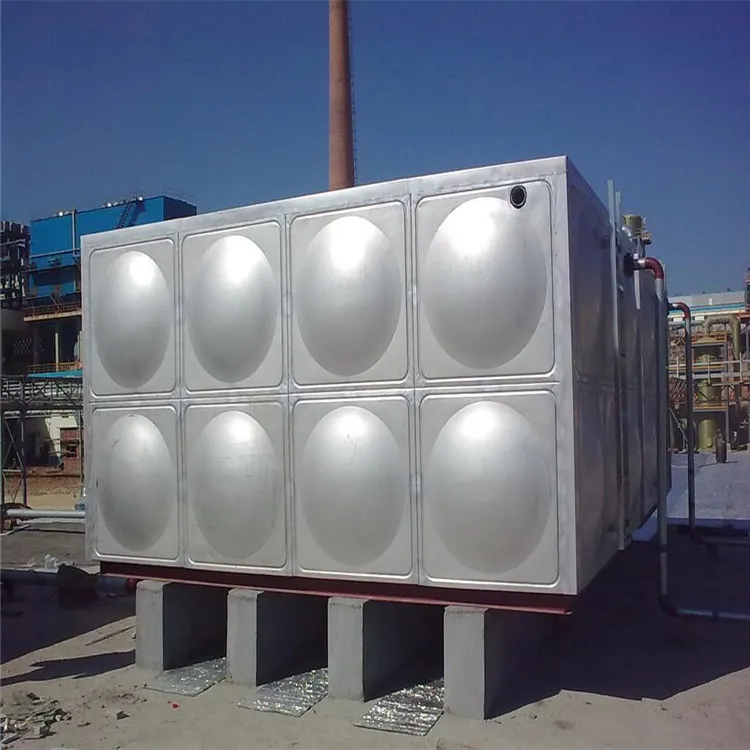loading...
- No. 9, Xingyuan South Street, Dongwaihuan Road, Zaoqiang County, Hengshui, Hebei, China
- admin@zjcomposites.com
- +86 15097380338
- Welcome to visit our website!
Current Prices for Fiberglass Rebar and Market Trends Analysis
Understanding Fiberglass Rebar Prices A Comprehensive Overview
In recent years, the construction industry has seen a growing interest in alternative materials, one of the most innovative being fiberglass rebar. Unlike traditional steel rebar, fiberglass rebar offers numerous advantages that can justify its price point. This article aims to provide a comprehensive overview of fiberglass rebar prices, the factors influencing those prices, and its benefits over traditional materials.
What is Fiberglass Rebar?
Fiberglass rebar, or GFRP (Glass Fiber Reinforced Polymer) rebar, is made from polymer composite materials reinforced with fiberglass. It is designed to provide the same structural support as steel rebar while offering unique benefits that cater to specific engineering requirements. Fiberglass rebar is lightweight, resistant to corrosion, and non-conductive, making it an excellent choice for various applications in construction, particularly in harsh environments.
Factors Influencing Prices
The price of fiberglass rebar can vary significantly based on several factors
1. Material Composition The type and quality of materials used in manufacturing fiberglass rebar directly affect its cost. Higher quality resins and fiberglass will typically yield a more expensive product due to improved durability and performance.
2. Production Process The manufacturing process of fiberglass rebar is more complex than that of traditional rebar, involving advanced technologies that can increase production costs. Increased efficiency may offset these costs, but as of now, they still tend to reflect higher prices.
3. Market Demand As more construction professionals become aware of the benefits of fiberglass rebar, demand has increased, which can lead to fluctuations in price. Regions experiencing rapid infrastructure development may see higher prices due to heightened demand.
4. Length and Diameter The dimensions of the fiberglass rebar influence its price. Longer lengths and larger diameters generally cost more due to the increased amount of raw materials required.
5. Supplier Location Geographical factors can also play a significant role in price determination. Suppliers located closer to raw material sources may offer more competitive prices compared to those that have to import materials.
fiberglass rebar price

6. Volume of Purchase Bulk orders often come with discounted rates. Contractors who are looking to undertake large projects might find opportunities to negotiate better prices.
Price Comparison Fiberglass vs. Steel Rebar
While fiberglass rebar's upfront costs are generally higher than those of traditional steel rebar, it’s essential to consider the entire lifespan and total cost of ownership. Steel rebar is prone to corrosion, especially in environments with high moisture or saline conditions. This can lead to significant damages over time, necessitating repairs and replacements that add to long-term costs.
In contrast, fiberglass rebar is resistant to corrosion and chemical reactions, which results in lower maintenance costs. Furthermore, its lightweight nature allows for easier handling and installation, potentially reducing labor costs on construction sites. Financially, this can culminate in a more favorable total cost when considering both short-term and long-term needs.
Benefits of Using Fiberglass Rebar
1. Corrosion Resistance One of the most significant advantages of fiberglass rebar is its resistance to corrosion, which extends the lifespan of structures, especially in harsh environments such as coastal areas or regions with de-icing salts.
2. Lightweight Fiberglass rebar is much lighter than steel, making transport, handling, and installation simpler and more efficient. This can lead to decreased labor costs on job sites.
3. Non-Magnetic Properties Being non-magnetic makes fiberglass rebar suitable for applications in sensitive areas, such as around electronic equipment or in hospitals.
4. Environmental Impact The use of fiberglass rebar can be more environmentally friendly as it can contribute to more sustainable construction practices and reduce the carbon footprint associated with traditional materials.
Conclusion
While fiberglass rebar presents a higher initial cost compared to steel alternatives, its numerous long-term benefits can provide a compelling argument for its increased use in modern construction. When considering the total lifecycle costs, the investment in fiberglass rebar could prove to be a prudent decision for contractors and developers looking to ensure durability and sustainability in their projects. As the industry continues to evolve, it will be essential for stakeholders to stay informed about pricing trends and advancements in materials technology.
-
The Rise of FRP Profiles: Strong, Lightweight, and Built to LastNewsJul.14,2025
-
SMC Panel Tanks: A Modern Water Storage Solution for All EnvironmentsNewsJul.14,2025
-
GRP Grating: A Modern Solution for Safe and Durable Access SystemsNewsJul.14,2025
-
Galvanized Steel Water Tanks: Durable, Reliable, and Ready for UseNewsJul.14,2025
-
FRP Mini Mesh Grating: The Safer, Smarter Flooring SolutionNewsJul.14,2025
-
Exploring FRP Vessels: Durable Solutions for Modern Fluid HandlingNewsJul.14,2025
-
GRP Structures: The Future of Lightweight, High-Performance EngineeringNewsJun.20,2025
